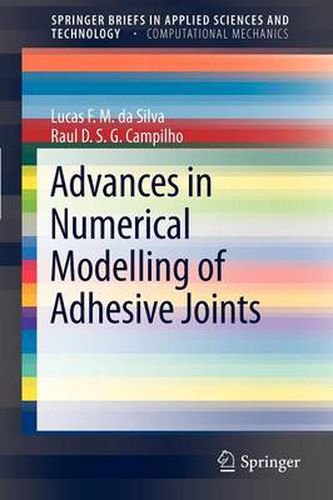Readings Newsletter
Become a Readings Member to make your shopping experience even easier.
Sign in or sign up for free!
You’re not far away from qualifying for FREE standard shipping within Australia
You’ve qualified for FREE standard shipping within Australia
The cart is loading…






This title is printed to order. This book may have been self-published. If so, we cannot guarantee the quality of the content. In the main most books will have gone through the editing process however some may not. We therefore suggest that you be aware of this before ordering this book. If in doubt check either the author or publisher’s details as we are unable to accept any returns unless they are faulty. Please contact us if you have any questions.
This book deals with the most recent numerical modeling of adhesive joints. Advances in damage mechanics and extended finite element method are described in the context of the Finite Element method with examples of application. The book also introduces the classical continuum mechanics and fracture mechanics approach and discusses the boundary element method and the finite difference method with indication of the cases they are most adapted to. At the moment there a no numerical technique that can solve any problem and the analyst needs to be aware of the limitations involved in each case.
$9.00 standard shipping within Australia
FREE standard shipping within Australia for orders over $100.00
Express & International shipping calculated at checkout
This title is printed to order. This book may have been self-published. If so, we cannot guarantee the quality of the content. In the main most books will have gone through the editing process however some may not. We therefore suggest that you be aware of this before ordering this book. If in doubt check either the author or publisher’s details as we are unable to accept any returns unless they are faulty. Please contact us if you have any questions.
This book deals with the most recent numerical modeling of adhesive joints. Advances in damage mechanics and extended finite element method are described in the context of the Finite Element method with examples of application. The book also introduces the classical continuum mechanics and fracture mechanics approach and discusses the boundary element method and the finite difference method with indication of the cases they are most adapted to. At the moment there a no numerical technique that can solve any problem and the analyst needs to be aware of the limitations involved in each case.